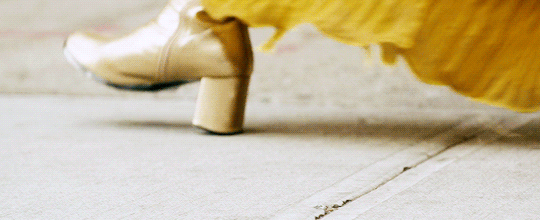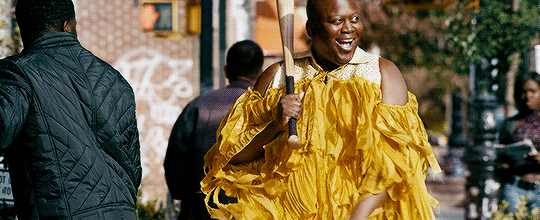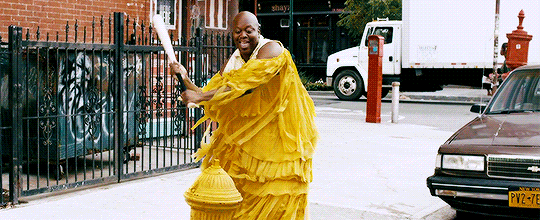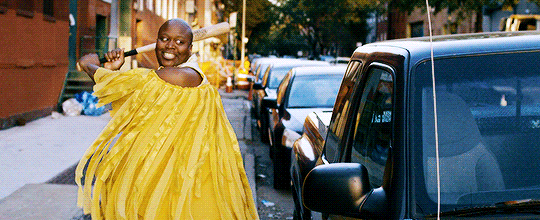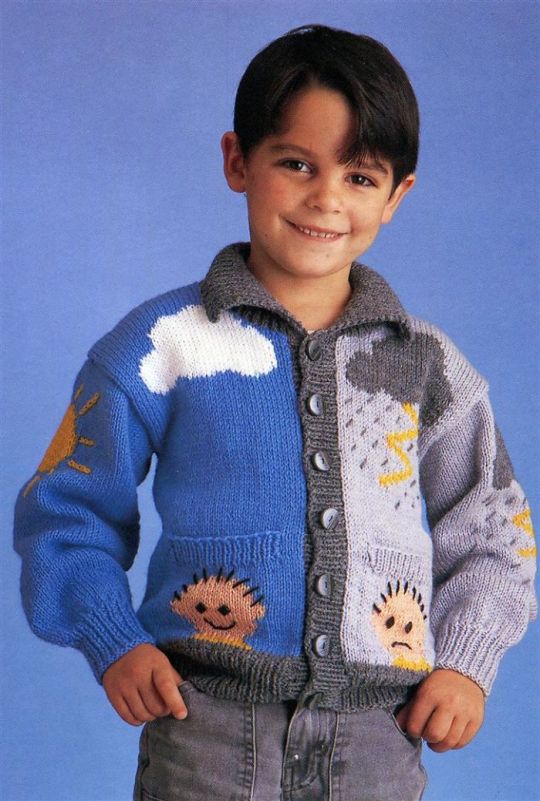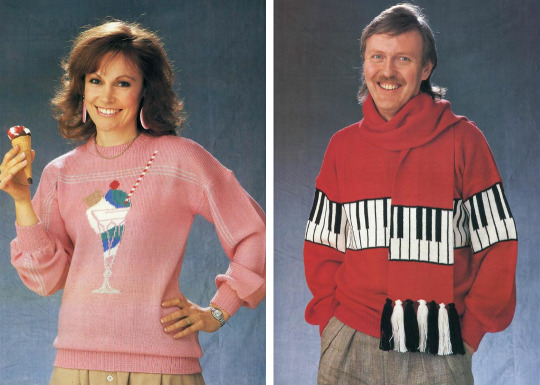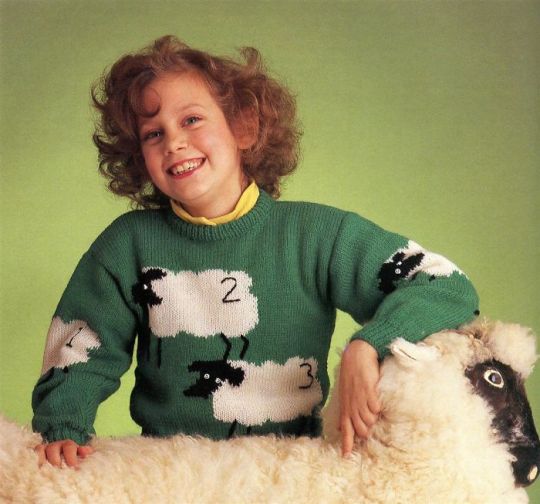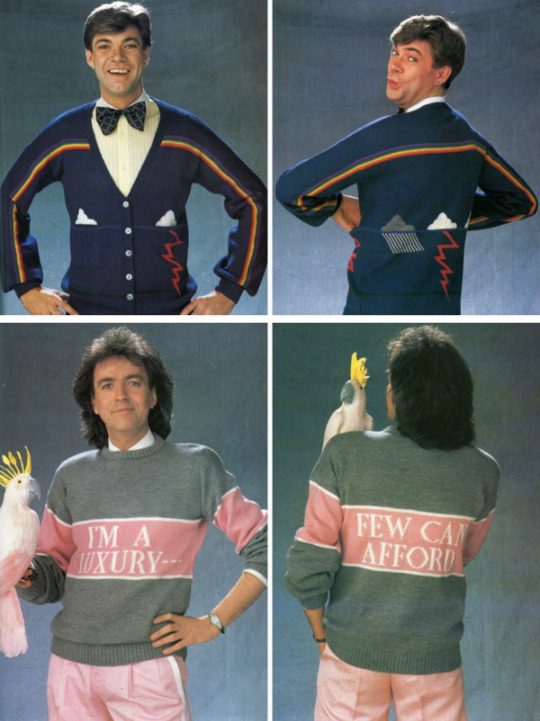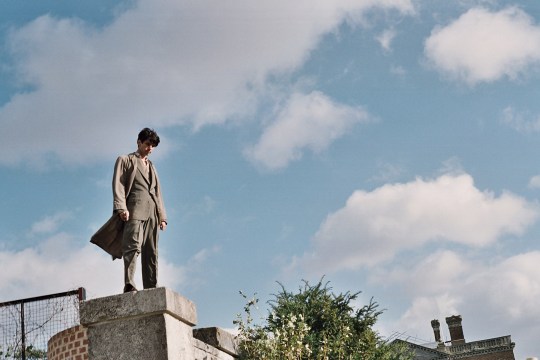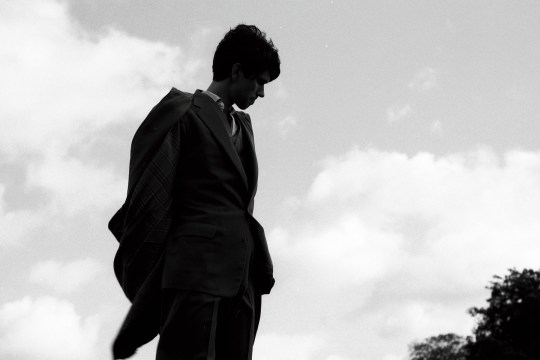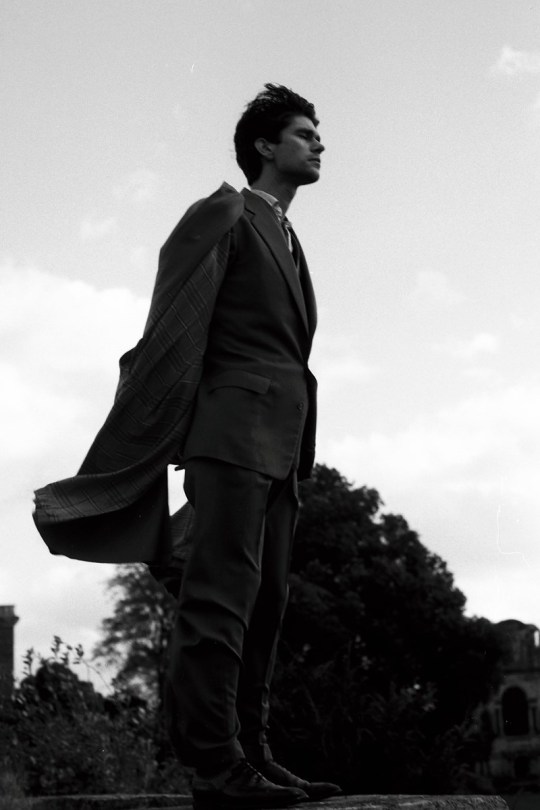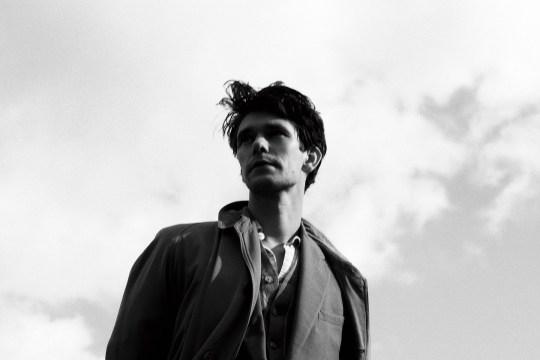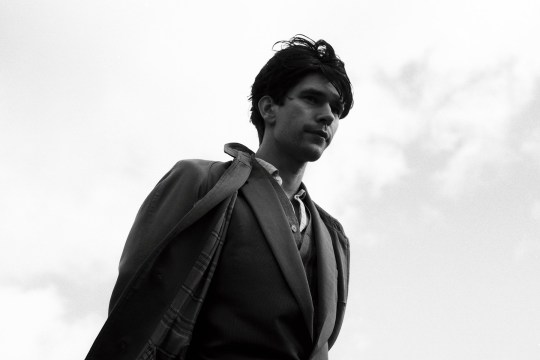Text
non-gendered alternative to ‘welcome ladies and gentlemen’

129K notes
·
View notes
Photo

“There are a thousand ways to point a camera, but really only one.” -
Ernst Lubitsch, birthday remembrance
10 notes
·
View notes
Photo


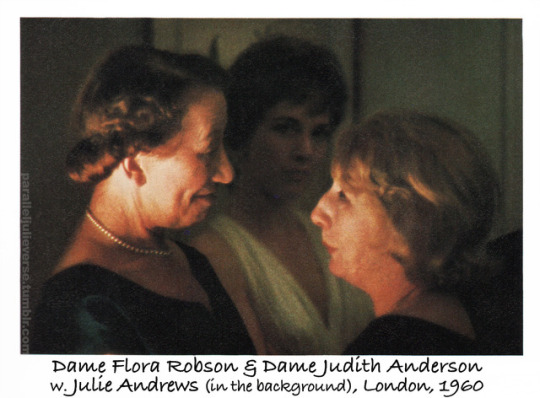
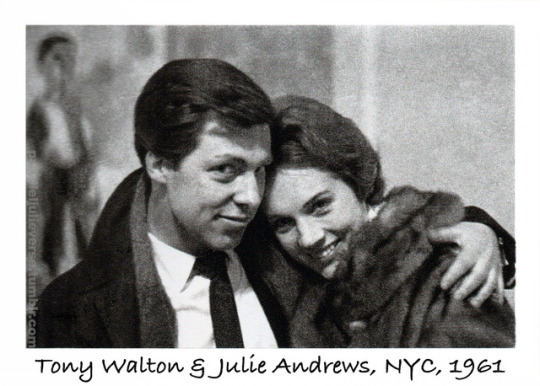

Periodically, the Parallel Julieverse likes to profile some of the many talented photographers who have worked with Julie over the years. One of the more fascinating, and possibly lesser known, was L. Arnold Weissberger (1907-1981).
An entertainment lawyer who first rose to prominence as legal representative for Orson Welles – he drafted the actor’s much-ballyhooed 1940 contract with RKO (Chapman, G-3) – Weissberger was for many years the resident go-to attorney for the theatrical haut monde. “[O]ne definition of high and mighty,” claimed a newspaper report, “is to be a client of his” (Hunter, D3). Indeed, with a client list featuring everyone from Sir Laurence Olivier, Cecil Beaton and Lillian Gish to Garson Kanin, Billy Rose, Helen Hayes and Igor Stravinsky, Weissberger could have given MGM a run in the “more stars than there are in the heavens” stakes.
A gentleman of the old school who always wore a suit jacket and trademark white carnation, Weissberger was as admired for his charm, grace and unerring discretion, as his legal nous. Quipped Orson Welles:
“Like the Rolls Royce, this lawyer is valued not only for the pleasing elegance of his appearance, but for performance, which can be formidable. A terror and a scourge to producers, he is a wonder to observe. Yet the loudest thing on Arnold is his Patek Philippe watch.” (Weissberger 1973, 337)
Weissberger was also life partner to Milton Goldman, a successful theatre agent in his own right and vice-president of International Creative Management. Together the two men – equal bons vivants and talented socialites – formed a show biz power couple that presided over the trans-Atlantic theatre scene for decades. Their weekly Sunday cocktail parties were legendary and their swanky Sutton Place apartment “became the party place for theatre personalities from three continents” (Lawrence and Lee, 227). Each summer, the couple would relocate to Europe, spending a month in the River Suite at the London Savoy where they would host a whirlwind of social affairs with “every famous name you have ever wanted to meet” (Harris, 47).
It was in this context that Weissberger developed what he fondly called his “double life” as a celebrity photographer (Wise, B-1). A self-avowed “shutterbug” since youth, Weissberger never went anywhere without his trusty twin Leicas, “loaded at all times, one with outdoor, the other with indoor colour film” (Glover, 10-A). Though unabashedly amateur – he was entirely disinterested in the the technical dimensions of photography, “never uses flash, hates to be bothered with filters and won’t have a light meter around” (ibid.) – Weissberger honed his talents through a good eye and sheer voluminous slog. By the mid-70s, he estimated having shot 50,000 pictures of people and another 60,000 on travels (Anderson, 25).
It didn’t hurt, of course, that Weissberger had ready access to some of the most famous people in the world. How many photographers, marvelled one newspaper report, “run into Orson Welles, Marlene Dietrich, Noel Coward, Lord Snowden…Alice B. Toklas, Marianne Moore, W.H. Auden, Peter O’Toole, the Redgraves, Beatrice Lillie and Judy Holliday in their daily rounds?” (Wise, B-1). The fact that he knew these celebrities personally and was, for the most part, photographing them in the context of private social events afforded a genuine intimacy and unguarded spontaneity unmatched in most other celebrity photography of the era.
“His subjects are his clients and his clients are his friends,” noted Orson Welles, “We all smile in front of his camera because Arnold is behind it” (Weissberger, 1973, 337-338). In a similar refrain, Douglas Fairbanks Jr remarked that Weissberger “is a gregarious host with a catholic taste in friends” all of whom “have long since learned to repose their collective confidence in [his] gentler disposition and infinite discretion” (ibid, 183).
For the most part, Weissberger took his photos for the simple fun of it and as personal mementoes. He was known among intimates for compiling the shots as “gifts for friends, to be presented in elegant gold-tooled, white-bound albums on Christmas or birthdays” (Weissberger, 1973, 282). As Weissberger’s archive of celebrity photography grew, however, so did its fame and in the late-1960s he was invited to hold several exhibitions of his work, including a major showing at the Museum of the City of New York (Weissberger, 1967).
The highpoint of public recognition was undoubtedly the 1973 publication of Famous Faces, a lavish 450-page coffee table book from prestigious art publisher, Harry Abrams, that featured almost 1500 of Weissberger’s portraits taken over a 25 year span from 1946-1971. The literal heft of the tome was such that, when Weissberger gifted a copy to longtime friend, Hermione Gingold, she quipped, “Thanks but this isn’t for my coffee table. From now on, this is my coffee table!” (Lyons, 13).
Famous Faces is an astonishing catalogue of mid-century Anglo-American celebrity culture and a dynamic visual immersion in a long vanished world. “[A]s succinct as Boswell’s Diaries and [with] an even larger cast of characters,” notes Anita Loos in one of several appreciative celebrity “comments” peppered through the tome, “This is more than history; it is poetry and it is art” (Weissberger, 1973, 283-84).
Certainly, these charmingly candid shots of our Julie, which are drawn from Weissberger’s gallery of greats, possess a decided poetic allure. Disarmingly simple, they arrest with their potent combination of playful ordinariness and historical import. The shot of Julie glimpsed in the background between Flora Robson and Judith Anderson is especially entrancing. Taken in 1960 when Julie had not long wrapped her long star-making turn in My Fair Lady and was about to embark on Camelot, it captures a spontaneous moment of apparent banality – “three women at a party” – and, through serendipitous framing, lighting and, even, costume (the contrast of matronly black and virginal white), imbues the scene with a symbolic cast that borders on the epic. A triangulated drama of looks as the once and future queen of musical theatre apprehends her own - as yet only glimpsed – grande dame destiny.
Weissberger had ambitions to develop a second volume of photographs and was also working on an autobiographical memoir to be titled “Double Exposure” when he died suddenly of an embolism in 1981 at age 74. His partner, Milton Goldman organised a special memorial at the Royale Theatre on W. 45th – where incidentally Julie made her bow in The Boy Friend – which, by all accounts, played to an adoringly packed-house. “The outpouring of affection was so enormous,” reported famed Broadway correspondent, Earl Wilson (1981), “that VIPs sat in the balcony or stood” (15B) as from the stage a series of heartfelt reminiscences were delivered by, among others, Orson Welles, Ruth Gordon, Garson Kanin, Martha Graham, Louise Rainer, Douglas Fairbanks Jr, Meryl Streep, Beverly Sills, and Lillian Gish.
It was a fittingly star-studded close to an extraordinary life for this man who remained enthralled by celebrity culture both professionally as entertainment lawyer and artistically as “the Proust of American photographers” and “the chronicler of the headliners” (Wise, B-1).
Sources
Anderson, George.”A Man of 1,500 Faces, None of Them His.” The Pittsburgh Post-Gazette. 15 March 1974: 25.
Chapman, John. “Orson Welles, the Movies’ New Mr. Moneybags.” The Chicago Tribune, 13 October 1940: G-3.
Glover, William. “Fastest Shooting Lawyer Shoots Uses Camera in Hobby.” The Daily Times News. 6 March 1968: 10-A.
Harris, Radie. Radie’s World. New York: Putnam and Sons, 1975.
Hunter, Stephen. “Christmas is A-Coming and the Books are Getting Fat.” The Baltimore Sun. 6 December 1973: D3.
Lawrence, Jerome and Lee, Rober E. “Inward Bound.” William Inge: Essays and Reminiscences on the Plays and the Man. Eds. Jackson R. Bryer and Mary C. Hartig. Jefferson, NC: McFarland and Co, 2014.
Lyons, Leonard. “Lyons Den.” The Times. 7 January 1974: 13.
Weissberger, L. Arnold. Close-Up: A Collection of Photographs. New York: Arno Press, 1967.
____________. Famous Faces: A Photograph Album of Personal Reminiscences. New York: Harry N. Abrams, 1973.
Wilson, Earl. “They Faced the Critics…” Fort Lauderdale News. 12 March 1981: 15B.
Wise, Gabrielle. “'Faces’ Author Likes Unusual Mixes of His People.” The Baltimore Sun. 15 March 1974: B-1.
© 2017, Brett Farmer. All Rights Reserved.
68 notes
·
View notes
Photo

Douglas Fairbanks and Mary Pickford - The Taming of the Shrew (1929)
125 notes
·
View notes
Photo

Left: Kurt Peterson; Right: me, after 10 hours at work.
63 notes
·
View notes
Photo



NOIRVEMBER 2014 — Vertigo (1958) dir. Alfred Hitchcock
If I let you change me, will that do it? If I do what you tell me, will you love me?
1K notes
·
View notes








